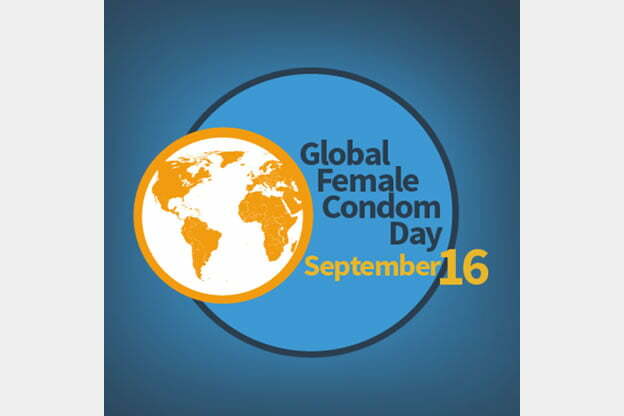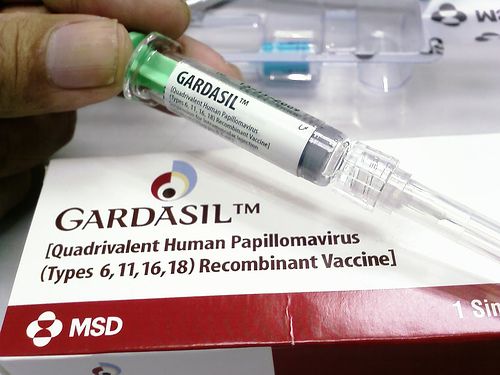Sexual Health
Using Simulation To Understand STI Transmission
How much time have you spent thinking about the “hook-up culture” among college undergraduates?
I think about it a lot. Hooking up is a red flag for a college sex educator like me, since it can lead to STI transmission and unintended pregnancy, not to mention emotional distress, relationship dysfunction, and sexual assault. But how do you change a culture? What exactly is a “culture,” anyway?
I like to think about culture as an “emergent phenomenon.” That means that it is the unplanned result of many individuals behaving independently. To make it easier to think about, let’s take an animal simpler than humans. Take birds.
Birds flock.
And why do birds flock? Is there a head bird, directing all the other birds? Do they all have a belief about the importance of flocks, which keeps them participating in this behavior?
Nope.
Flocks happen when each bird follows a simple set of rules. And they all follow the same rules; there’s no leader trying to guide them, it’s just a bunch of individuals doing their own thing.
Boids
We can study this with a technology called “agent-based modeling,” a kind of computer simulation. The classic example is Craig Reynolds’s 1986 “boids” model of simulated flocking
In that model, each bird-shaped agent (or boid) is given three rules to follow, all related to how they interact with the environment: don’t hit other boids, move toward the center of wherever the other boids are going, and move toward the center of the boids around you.
When groups of boids follow these simple rules, they move gracefully in flocks. Flocks of boids.
Similarly, you could argue that culture also emerges when many individuals follow shared rules about how they should interact with their environment.
So, how does this apply to human sexuality?
In an article recently published in the Archives of Sexual Behavior, Kinsey Institute researcher Erick Janssen, David Lohrmann, Eric Nichols, and I created an agent based model of sexual behavior. We wanted to see what happened to individual risk when we manipulated the environment around that individual, much like with the boids.
In the model, female agents (goils) and male agents (bois) were assigned various levels of sexual excitation and sexual inhibition – low, medium, or high of each – based on the dual control model of sexual response. That gave us nine different “sexual motivation profiles.”
Then we set the agents loose to mate with each other. Theoretically.
And then we dropped a sexually transmitted disease into the system, and watched how it moved through the population.
We ran the model a bunch of times, changing what we called the “sexual motivation landscape.” That is, sometimes the population had a high proportion of high sexual motivation agents, sometimes it had a high proportion of low motivation agents, and sometimes it had a normal distribution of motivation profiles. Our hypothesis was that if we change characteristics of the population– i.e., what proportion of the population had high or low sexual interest – that would affect individual-level risk.
And we were right!
Agents with very high, very low, and absolutely middling sexual motivation had about the same risk no matter what happened in the system. But for agents with anything in between – any of six other sexual motivation profiles, which is real life is about a third to half the population – risk was significantly influenced by what was going on around them.
I did little dance in my office when I got that result. Seriously.
Environment as a Determinant of Risk
What the results show is that sexual risk isn’t just about your own individual characteristics–your attitudes or behaviors or biology—it’s also about characteristics of the population around you. A behavior that’s relatively low risk in one environment might be much higher risk in another environment, and you don’t necessarily know at any given point in time what the characteristics of your environment are.
So, let’s go back to hook-up culture and my job; I’m supposed to help students reduce their risk of STIs and unintended pregnancy. But our model suggests that if I just teach students to use condoms and that condom use is important, I’m not giving them the whole story. As a college sexual health educator, I also need to understand and account for the characteristics of the environment in which people are making choices, as well as their interactions with that environment.
And this is the future of public health: rather than just focusing on an individual’s risk factors (i.e., behavior, attitudes, personality) or on systemic risk factors (i.e., poverty, availability of contraception, local laws), we’ve got to learn to understand the rules that govern how people interact in with their world. In biological terms, it’s not “nature versus nurture,” it’s “what is the interaction between nature and nurture?”
Like the rules birds follow to make flocks emerge, we’ll look for the rules students use to interact within a given environment. This gives us more meaningful ways to reduce students’ risk!
But until I come up with the better message, use condoms correctly and consistently. They’re important.









